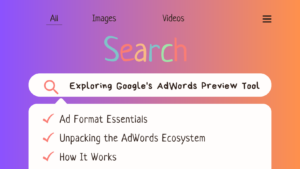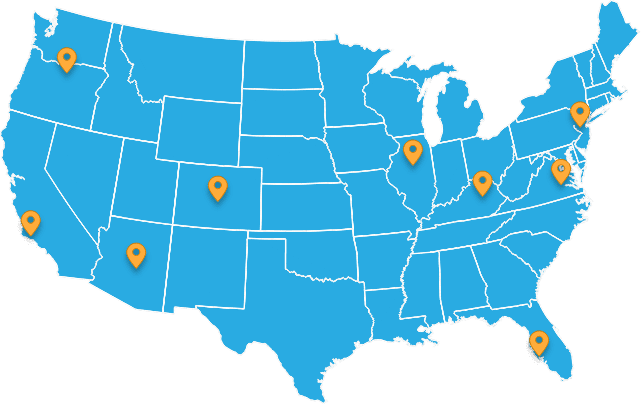If you have been reading the previous P6 growth recipe blog posts, then you know that you need to establish trust with your prospects.
Your website content needs to get people to trust that you can deliver the goods [or services].
The trick is to invest in goodwill and create an online identity that supports your brand messaging.
- Present website visitors with an engaging story.
- Present your firm as competent, timely, and endorsed.
- Add likeability factors that tell visitors that you are both really good at what you do and that people agree with this and like working with you.
- Don’t be a jerk – unless being a jerk is something you think people want.
- Be cool. Be fun. Be desirable. Be easy.
Think of it this way. It’s nice to go to the dance, but not if you leave the party without a date. It’s great to date seriously, but greater to marry and have a family.
Business school books are filled with stories of companies with great ideas that people said they wanted but weren’t ready to pay for.
Sometimes like the Newton, your product might be ready before its time and the “need” is not yet there. You can’t force it either.
Other times, the cost is simply too much of a barrier to entry to enable your company to “take off” and be successful.
As much as we’ve been discussing “audience segmentation” and “offer differentiation”, you have to qualify your prospects if you want to eventually have customers that can and will pay their bills.
Even obvious things need to be stated and restated once in a while.
- Ask tough questions up front. Don’t waste resources on people that are not likely to be good clients (or good lead sources).
- Use the contact form on your website to give people choices where they can almost self-select themselves out of your orbit.
- If an online form includes an option that says“choose a service”, if the list does not include the service they want, they will abandon the form.
- If you put a price range down starting at $5,000 for example, and if they have a $2,000 budget, they won’t bother you.
- Of course this also has risk because a $2,000 client can often be upsold into the $5,000 level. And there is a similar risk by listing a limited range of services. People may feel you don’t offer the service they think they need.
Here’s how we can wrap up this series on P6.
Pull out the notebook with your list of services (i.e. offers)
- Make a list of 3 competitor websites and visit their sites.
- Write down the services they are offering.
- Write down the types of clients they are targeting.
- List keyword phrases and topics they are using that people would be typing into Google as a relevant search query.
- Print out pages from these sites that grab your interest.
- Mark up the areas of the web pages that inspire trust. (Refer to the list of trust factors mentioned previously).
- Review a few pages from your own site in light of what you’ve learned so far. Make notes about changes you might want to address. Don’t do them yet because there are more tactics coming that you’ll need to consider first.
- Write down your own list of audience segments to see how many niches you can identify that would be good candidates for individualized landing pages.
- Go through your own offers (e.g. practice areas) and break them down into discrete pieces with more detailed explanations.
- Look through your digital media inventory to see if you can find images and photos and videos to inject into your website and social media properties.













